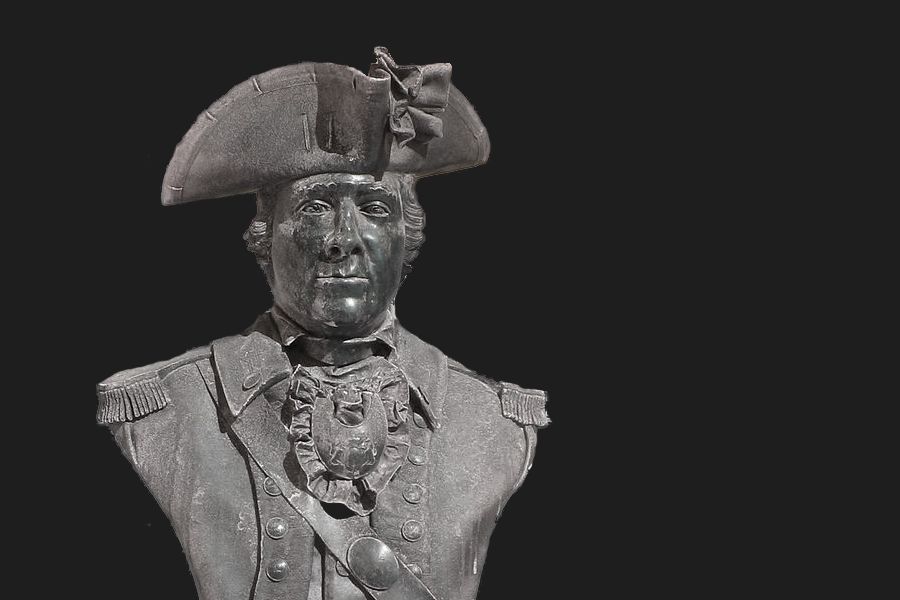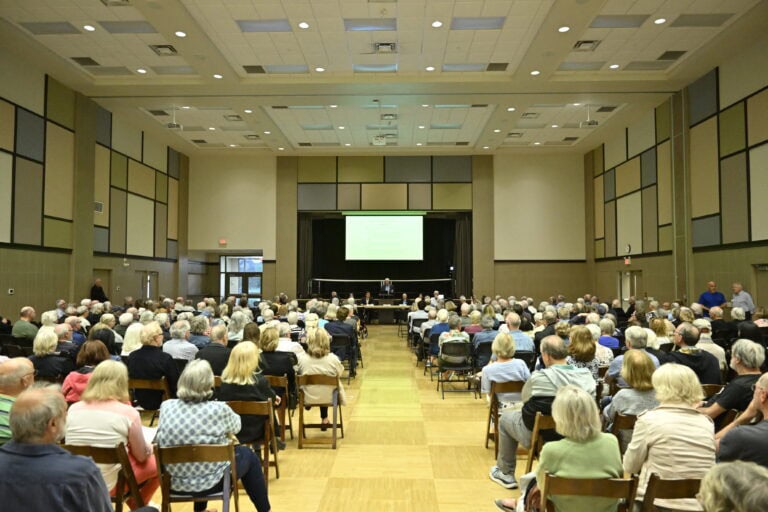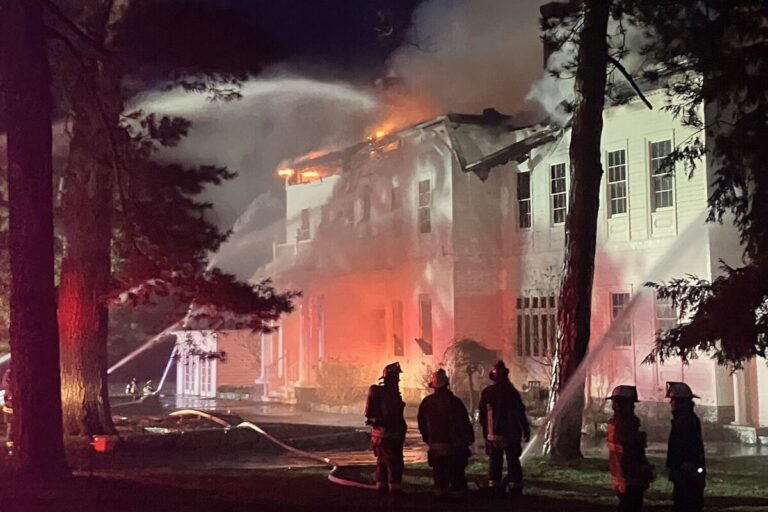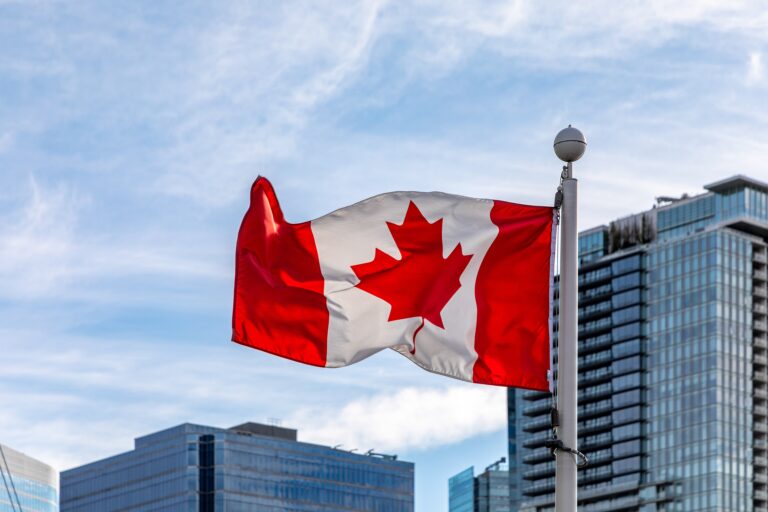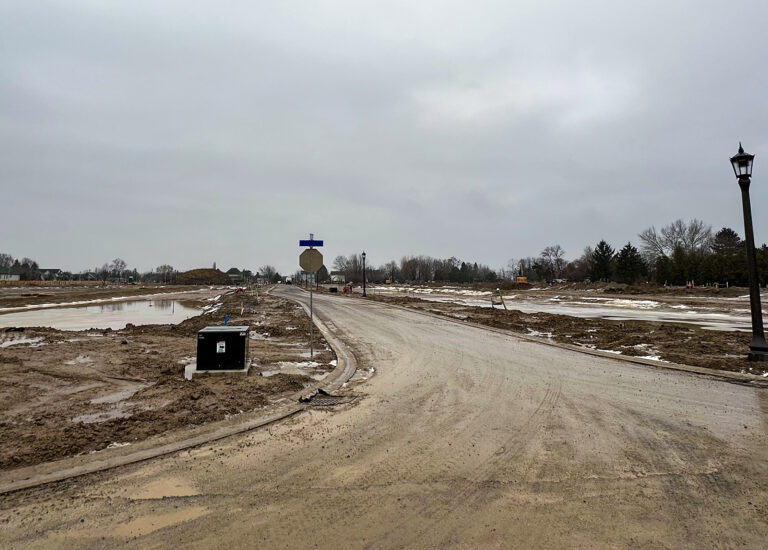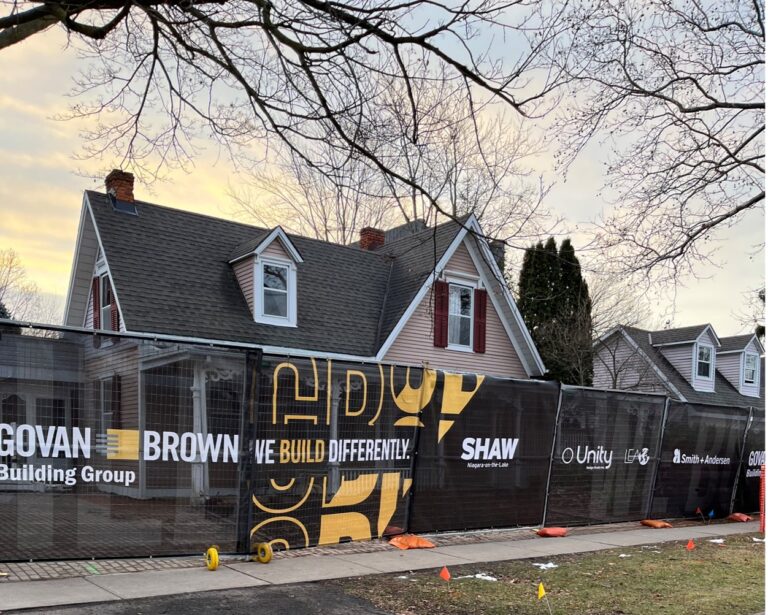In Niagara-on-the-Lake, there are many references to Lieutenant Colonel John Butler — Butler’s Barracks, Butler Street, Butler Homestead, the Best Western Colonel Butler Inn and Butler’s Bar and Grill, formerly Butler’s Sports Bar (Sporty’s to locals). There was also Colonel John Butler Public School which closed in 2011 and Niagara College calls one of their beers Butler’s Bitter.
But who exactly was Colonel John Butler?
Many American websites portray him as a war criminal, while Canadian websites see him as an honourable founding father of Upper Canada — quite the dichotomy.
Butler was born in 1728 in New London, Connecticut and lived there with his parents, three brothers and one sister. In 1742, when Butler was 14-years-old, his father moved the family to Fort Hunter — considered the frontier — in Mohawk Valley, New York.
It was during the French and Indian Wars (1754-63) that Butler joined the Indian Department Regiment of Sir William Johnson, 1st Baronet and advanced to the rank of captain, partly due to his ability to speak several Iroquois and Seneca languages, which he had learned as a young boy while living in the frontier.
Butler was involved in the battles at Ticonderoga and Lake George (upper New York State) as well as the captures of Fort Frontenac, Fort Niagara and Fort Montreal, all of which were in ‘New France’.
During the peace that followed these battles, which took place from 1764 to 1775, Butler moved back to the Mohawk Valley, married a woman named Catherine Bradt and raised five children. He amassed a substantial estate of 26,600 acres which he named Butlersbury, near Caughnawaga (now Montgomery County, New York).
The American Revolution forced Butler to make a decision: Was he American or Loyalist?
By May of 1775, his decision was made and Butler left for Montreal in Lower Canada, accompanied by his oldest son, Walter Butler, Daniel Claus (later superintendent of Indian Affairs in NOTL), Joseph Brant (chief of the Six Nations), and the Honourable Yost Schuyler (a Tory supporter and trusted friend of the Mohawk allies).
Butler’s wife and children remained in Butlersbury, thinking this was the safest place for them. Unfortunately, with Butler’s decision to remain loyal to Britain, his family was detained by the Americans and placed under house arrest for the remainder of the war.
In November of 1775, Butler was transferred from his post in Montreal to Fort Niagara, which is still standing today on the American side of the Niagara River where it joins Lake Ontario.
He was sent to persuade the Seneca Nation in the region to stay neutral during the revolutionary war. When the American Revolution was in full swing, Butler would later be ordered to use the Six Nations, of which the Seneca were members, as allies in several battles.
It was the Battle of Oriskany in Mohawk Valley, NY, claimed to be one of the bloodiest battles during the revolutionary war, where Butler’s skill in carrying out military campaigns was magnified. After this battle, Butler was elevated to the rank of Lieutenant Colonel and given the authority to raise his own regiment, Butler’s Rangers.
In July 1778, Butler led his Rangers and Iroquois allies in the Battle of Wyoming (in Pennsylvania) where he defeated Zebulone Butler (no relation) and took Forty Fort (one of the four forts in the Wyoming Valley).
Americans suffered great losses during this battle: homes were burned, crops were destroyed, children were abducted and many prisoners as well as fleeing soldiers were executed and scalped.
This is where we must start to consider whether Butler was a true soldier or a war criminal. From a Loyalist point of view, it was a successful battle. From the American point of view, it was a cowardly act against civilians.
Butler claimed he did not give orders for prisoners to be killed and scalped and that the Native Allies were only following their traditions of war — and were not being paid for scalps as was rumoured.
This battle became known in American history as the Wyoming Valley Massacre.
American novelist Joseph Altsheler referred to Butler as a turncoat and a villain who sided with the Indians against white settlers. To the British, Butler was a loyal and skilled commander.
When the revolutionary war was over in 1783, Butler and his Rangers were in control of the frontier outposts throughout the Great Lakes region, from Niagara to Illinois.
The bitter result of Butler remaining loyal to Britain was that all of his land in the Mohawk Valley was confiscated. His wife and children were removed from the property and sent packing to Fort Niagara where many other loyalists were now fleeing to as well.
Fort Niagara became very crowded with the loyalist who sought refuge there during the war. Butler sent his Rangers across to the west side of the Niagara River to complete surveys of the land. This was the start of the expansion of Upper Canada and a means to accommodate the loyalist settlers wanting to leave this new republic called the United States.
Officers and regular soldiers were granted land first, then all settlers who swore allegiance to the King and Crown received their land grants.
Butlersburg, the first town in what is now Niagara, was colonized in 1781 while the revolutionary war still was being fought. At this point, Butler and his family had started their lives over again as farmers and landowners.
A few years later, the residents changed the name to Niagara and in 1792, Sir John Graves Simcoe, first Lt. Governor of Upper Canada changed the town name again to Newark, declaring it the Capital of Upper Canada.
The impending war (or as we know it the War of 1812) was brewing once again between France and England. With the new republic of the United States being a staunch supporter of France, Simcoe moved the capital of Upper Canada from Newark to York (now Toronto). With this move in 1798, the town’s name reverted back to Niagara.
One might ask how we got the name Niagara-on-the-Lake. In the late 1880s, Canada Post was having great difficulty determining where to send mail addressed to Niagara. There was also a town by the great falls named Niagara and with little fanfare, the post office declared that the towns would be called Niagara-on-the-Lake and Niagara Falls.
I digress — back to Butler and his family who now live in Niagara.
Butler became one of the great leaders of Upper Canada, his achievements being Deputy Superintendent for the Indian Department, Justice of the Peace and Commander of the local Militia.
He was also involved in the establishing of St. Marks Anglican Church and the Masonic Order in Ontario.
The Masonic temple on King St. is Lodge 2. The first lodge (designated Lodge 1) which Butler was instrumental in founding was burned by the Americans in the War of 1812.
Butler died in the town of Niagara on May 12, 1796, three years after his wife. Both of them are buried in the Butler family burial ground on the Butler Homestead site in Niagara-on-the-Lake. You can find this burial ground at the west end of Butler Street.
____________________________________
To learn more about the Memorial Hall museum you can visit their website at, www.niagarahistorical.museum, or visit the museum in person.
Memorial Hall is located at 43 Castlereagh Street, Niagara-on-the-Lake.
Visit, or give them a call at 905-468-3912.
Denise's full profile can be found here, niagaranow.com/profile.phtml/13.



